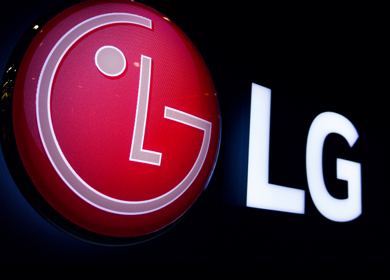Bot Traffic Hits High this Holiday Shopping Season - Time to Go Beyond Analytics Base Code Implementation
Published: December 01, 2022

Retailers and e-commerce marketers were rejoicing at record sales during the Thanksgiving, Black Friday, and Cyber Monday seasons. Although the growth has been promising for bottom lines, some researchers suggest that all the holiday shopping traffic might not be coming from humans.
The cybersecurity firm CHEQ’s analysis of 1.6 million visits to retailers’ websites found that about a fourth of Black Friday shoppers were likely fake. Meanwhile, CHEQ’s analysis of 765,000 visits on Cyber Monday showed that 1 in 5 was likely from bot traffic.
“Like any good crime, there’s a combination of motive, means and opportunity,” said Daniel Avital, CHEQ’s chief strategy officer. “And I think specifically in e-commerce, that triad is very much pronounced … There’s a lot of money being put around, and that’s always appealing for bad actors online.”’
Another recent report from Okta revealed that 23% of sign-up attempts for promotions were fraudulent — up from 15% last year – with rewards programs being a key target. Okta also saw an increase in bot traffic during the week of Thanksgiving, especially for retail, food and beverage and financial services categories.
Bot traffic has really created a menace for businesses this holiday season, albeit the volume of traffic has shown slight improvement from the figures last year. In 2021, 1 in 3 Black Friday shopping visits were reported to be fake. According to research from Imperva, bad bot traffic increased by 73% in November 2021.
Our Point of View
Typically bot traffic gets a bad rap when it comes to data analytics. We think of it as spam as it muddles data, pollutes analytics, and prevents businesses from measuring actual campaign performance. Though some bot traffic is inevitable, high levels of illegitimate traffic are not acceptable.
Bot traffic can puff up vanity metrics such as impressions, page views, and click-through rates. It can make it seem like your campaign performance is too good to be true. However, it’s imperative for marketers to lift the hood and undertake deep analysis to differentiate bots from humans.
The following analytics anomalies are signs of high bot traffic:
- Unprecedented spike in page views or bounce rate
- Abnormal session duration – High session duration due to slow browsing of bots or drops in session duration due to fast clicking behavior of bots
- Junk conversions such as phony account names, gibberish email IDs or contact forms submitted with fake details
- Spike in traffic from unexpected locations
Marketers need to go beyond base-level page analysis to session, event and transaction analysis in order to decipher the real picture. Analyzing data by sessions and key events generate insights that are more meaningful than analyzing single requests. This is because a session may consist of a group of bot requests all arising from the same malicious source. And, tagging and tracking key events on a page will provide deeper insights into how the user interacts with different sections of the page.
On its surface, a visit from a human and a bot may appear nearly identical. Bots can appear as normal users, with an IP address, browser and header data, and other seemingly identifiable information. But when digging a bit deeper by collecting and reviewing in-depth analytics, uncovering the holes in the bots’ disguises is a lot easier.










Be the first one to comment.